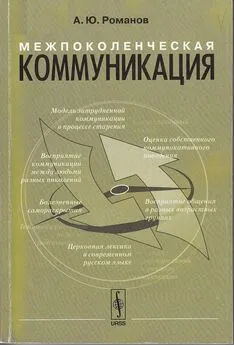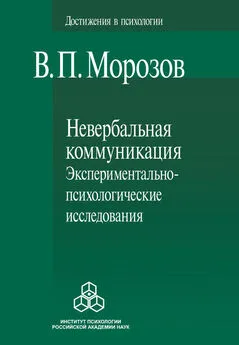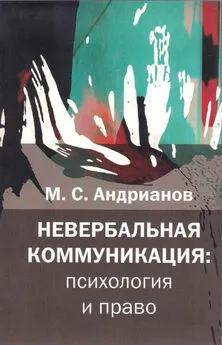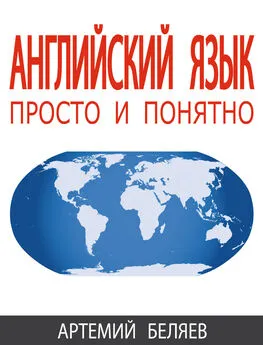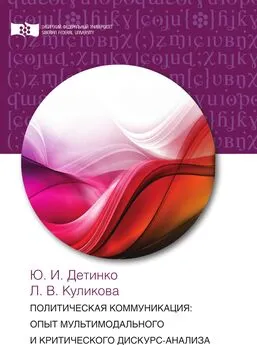Артемий Романов - Межпоколенческая коммуникация
- Название:Межпоколенческая коммуникация
- Автор:
- Жанр:
- Издательство:Книжный дом «ЛИБРОКОМ»
- Год:2009
- Город:Москва
- ISBN:нет данных
- Рейтинг:
- Избранное:Добавить в избранное
-
Отзывы:
-
Ваша оценка:
Артемий Романов - Межпоколенческая коммуникация краткое содержание
Впервые на русском языке приводится подробный анализ факторов, которые влияют на межпоколенческую коммуникацию внутри и вне семьи. Читатель познакомится с результатами проведенных автором социолингвистических опросов, проливающих свет на коммуникативное поведение россиян и их восприятие общения с людьми разного возраста. В работе приводятся многочисленные примеры общения между поколениями, как внутри семьи: между родителями и детьми, бабушками, дедушками и их внуками, тещами и зятьями, свекровями и невестка ми; так и вне семейного круга. Предлагаются практические рекомендации и советы, позволяющие решать задачи повышения уровня эффективности коммуникации между представителями разных поколений.
Книга адресована специалистам, интересующимся проблемами социолингвистики и речевой коммуникации, студентам, аспирантам и преподавателям вузов, социальным работникам и всем, чья профессиональная или общественная деятельность связана с коммуникацией между людьми разного возраста.
Межпоколенческая коммуникация - читать онлайн бесплатно полную версию (весь текст целиком)
Интервал:
Закладка:
Chapter 4 reports on a study investigating the understanding and usage of religious terminology by people of different ages. In the post-Soviet period, the Russian language has experienced instability in the boundaries between the center and the periphery of the lexical system. It was claimed that words previously considered historicisms or obsolete terminology were making a comeback (Ryazanova-Clarke & Wade 1999). The changed role of religion in contemporary Russia has propelled ecclesiastical words into more active use. However, it was not clear to what extent these words are familiar to Russian speakers of different ages. The central task of the study was to establish a relationship between the age of speakers and their familiarity with religious words, and their attitude toward ecclesiastical words and expressions.
In this survey, conducted in Moscow and St. Petersburg, 132 respondents were asked to indicate how familiar they were with 22 pre-selected ecclesiastical words, how often they used them in their speech, and how often they came across these words in the mass media and in the speech of their relatives and friends. Respondents also provided information about their age, gender, religion, and education. The study demonstrated that respondents in all age groups were rather poorly acquainted with the meaning of selected ecclesiastical words, with the exception of high frequency words like «Trinity» and «Eucharist». Correlation analysis showed that with age people tend to use more ecclesiastical words in their speech (notwithstanding the fact that the majority of old and middle-aged Russians were brought up in Soviet atheist traditions). At the same time, older respondents indicated that they view ecclesiastical words as being somewhat less prestigious than do their younger counterparts who were not subject to the atheist propaganda. On the issue of a special language policy of using measures to promote religious lexis, we found a strong correlation between the rate of church attendance and favorable attitudes toward such a policy. Education level correlated with a better understanding of religious words and expressions. Women viewed the policy to promote religious words favorably more often than men did, but did not report a better understanding and higher usage of ecclesiastical words.
In general, young speakers tend to innovate in their lexical usage and be the least conservative in borrowing and trying new words in their lexicon. Middle-aged participants in communication are usually very close to the lexical norm, while older speakers are more conservative and tend to use outdated and obsolete words. The study proved that ecclesiastical words are viewed as mostly obsolete by older and middle-aged Russian speakers, while younger communicators are more inclined toward learning and using these words in their speech. Ecclesiastical words were not viewed as an obstacle in intergenerational communication, as they currently play a very minor role in conversations among Russian speakers.
Chapter 5 deals with intergenerational communication in a familial setting. As a novel feature in discourse and sociolinguistic analysis, the chapter uses numerous examples from the texts of A. N. Ostrovsky, a famous Russian playwright of the 19 thcentury. The author gives a number of arguments supporting the innovative study of familial communication through the lens of interactions between characters in Ostrovsky’s plays, and provides a brief overview of his creative works. The chapter then focuses on communication between parents and their young sons and daughters, communication between older parents and their middle-aged children, and communication between grandparents and their grandchildren, as well as communicative relations with in-laws. The chapter closes with an analysis of painful self-disclosures, a typical feature of elderly speech, and narratives of elders, in which narratives of the author’s family members serve as illustrations.
It is claimed that in intergenerational familial communication, participants strive to achieve a balance in their relations, maintaining comfortable closeness and yet preserving some distance. Communicative adaptation within families helps to achieve this balance, whether communication is built on hierarchical relations or on a more equal footing between players. Current research on familial communication is brought into discussion. For instance, the author traces two types of communication in mother-daughter relations — connected and enmeshed (Miller-Day 2004) — and provides examples from Ostrovsky’s plays demonstrating that these types of communication are not a very recent phenomenon, but existed in Russia about a century and a half ago.
Chapter 6 draws attention to the fact that the elderly in Russia experience a communication deficit in an intergenerational context. The chapter outlines possibilities for positive efforts in reducing this deficit. Three aspects of this work are discussed: educational opportunities for the elderly, service learning opportunities for promotion of intergenerational communication, and volunteer projects that involve an intergenerational component.
The chapter reviews educational opportunities for the elderly in the US, Russia, and other countries, and draws comparisons between educational systems. The chapter presents examples of elderly participation in education in a traditional university setting, in special universities for the elderly, and in studyabroad courses where non-traditional students are forced to engage in intense intergenerational communication. The author, who regularly leads study-abroad programs for American students in Russia, provides an analysis of the intergenerational communication and educational experience of the elderly who have participated in his programs.
With the growth of the aging population, there is a variety of opportunities for intergenerational service learning. Potential partners in this venture might include adult day care centers, community groups, senior centers, facilities for veterans, long-term care facilities, and hospitals. It is proposed that Russian universities could adopt strategies in service learning already developed by their American counterparts and involve students in various intergenerational projects and communication. The chapter ends with a review of volunteer projects in Russia aimed at helping the elderly meet their communication and other social needs.
Интервал:
Закладка:
